In government, where diverse departments and agencies often work toward shared goals, collaboration is not just beneficial — it’s essential. Yet challenges such as silos, shifting priorities, hybrid work environments, and competing demands can hinder effective teamwork.

In today’s climate — where agencies are managing organizational restructures, funding shifts, and political pressures — enhancing collaboration across teams is more important than ever. It’s key to improving outcomes, fostering innovation, maintaining resilience, and delivering better public services.
This article explores practical strategies to break down silos, improve communication, and build stronger interdepartmental relationships in government workplaces.
Why Collaboration Matters in Government
Collaboration is more than just working together — it’s about aligning efforts and leveraging collective expertise to achieve common objectives. When teams collaborate effectively:
- Efficiency improves: Resources and efforts are shared, reducing duplication and increasing productivity, even when budgets are tight.
- Innovation thrives: Diverse perspectives spark creative solutions to complex challenges, essential when political shifts require adaptive thinking.
- Trust is strengthened: Open communication and mutual support foster a culture of respect and accountability, which is vital amid broader workplace changes such as hybrid staffing and leadership turnover.
However, achieving collaboration requires intentional effort and a commitment to overcoming traditional and new barriers.
Strategies to Enhance Collaboration Across Teams
Foster a Shared Vision:
Collaboration begins with a clear, shared goal that aligns with organizational priorities. When teams understand and commit to a common purpose, they are more likely to work cohesively, especially during times of policy shifts or agency reorganization.
Action Tip: Begin cross-team initiatives with a kickoff meeting to define the project’s objectives, expectations, and shared success metrics.
Break Down Silos:
Organizational silos — exacerbated today by hybrid work, remote teams, and sometimes polarized political climates — can create major barriers to collaboration. Encouraging regular communication across departments helps bridge gaps and builds trust.
Action Tip: Establish cross-functional task forces or committees to tackle common challenges and proactively share knowledge across divisions.
Leverage Technology for Communication:
Digital tools such as project management software, shared document repositories, and real-time messaging platforms are critical for collaboration, especially in hybrid or remote work environments. Proper use of technology can maintain connection and visibility across geographically dispersed teams.
Action Tip: Use platforms like Microsoft Teams, Slack, or Asana to create transparent spaces for project updates, document sharing, and real-time collaboration.
Encourage Knowledge Sharing:
Collaboration thrives when information flows freely. Sharing expertise, lessons learned, and resources across teams not only prevents duplication but also cultivates a culture of continuous improvement — essential in a rapidly changing policy environment.
Action Tip: Organize “lunch and learn” sessions, cross-departmental workshops, or online forums where teams can share insights and success stories.
Celebrate Collaborative Successes:
Recognizing the achievements of collaborative efforts reinforces the value of teamwork, especially when agencies are stretched thin or under public pressure. Highlighting successes builds momentum and strengthens relationships across teams.
Action Tip: Share success stories in internal newsletters, team meetings, or recognition programs to celebrate effective collaboration across teams and departments.
Provide Collaboration Training:
Equip employees with the skills needed to collaborate effectively, such as active listening, inclusive communication, and conflict resolution — skills that are particularly important when tensions rise due to political or operational changes.
Action Tip: Offer workshops, webinars, or online courses focused on collaboration, emotional intelligence, and team-building strategies.
In an era of political, organizational, and cultural shifts, collaboration across teams isn’t just helpful — it’s essential for government effectiveness. By fostering a shared vision, breaking down silos, leveraging technology, and investing in relationship-building, public servants can continue delivering high-quality services, even in the face of uncertainty.
When teams collaborate intentionally, they don’t just improve their own performance — they contribute to a more resilient, responsive, and impactful government.
Take the first step toward building stronger bridges in your workplace. Schedule a brainstorming session or cross-team conversation this month focused on a shared challenge. Collaboration begins with one intentional connection.
Marleen Greenleaf is Assistant to the CEO of Friendship Public Charter School.





Leave a Reply
You must be logged in to post a comment.